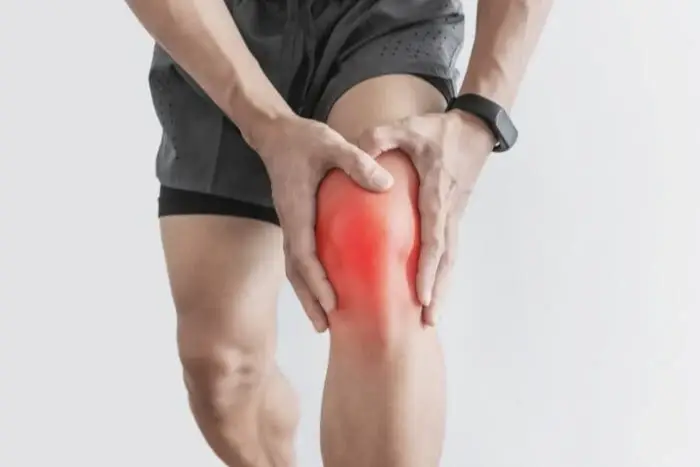
nee pain is pain in or around the knee joint. It can be caused by a variety of factors, including injury, overuse, and arthritis.
Knee pain can range from mild to severe and can make it difficult to walk, climb stairs, or participate in activities that you enjoy.
A person holding his left knee which he feels pain – knee pain treatment
The most common causes of knee pain include:
Arthritis: Arthritis is a condition that causes inflammation and pain in the joints. Osteoarthritis is the most common type of arthritis and is caused by the breakdown of cartilage in the joints. Rheumatoid arthritis is a type of autoimmune disease that causes inflammation throughout the body, including in the joints.
Injury: A knee injury can be caused by a sudden impact, such as a fall or a car accident, or by overuse. Common knee injuries include ligament sprains, meniscus tears, and cartilage damage.
Overuse: Knee pain can also be caused by overuse, such as from running or playing sports. Overuse can cause inflammation and pain in the muscles, tendons, and ligaments around the knee.
Other conditions: Other conditions that can cause knee pain include gout, bursitis, and tendinitis.
Here’s how physiotherapy for knee pain will help you:
There are a number of different physiotherapy methods that can be used to treat knee problems. Some of the most common methods include:
Exercise: Exercise is an important part of any physiotherapy program for knee pain. Exercise can help to improve your range of motion, strength, and flexibility. It can also help to reduce pain and inflammation.
Massage: Massage can help to reduce pain and inflammation. It can also help to improve circulation and range of motion.
Heat or cold therapy: Heat or cold therapy can help to reduce pain and inflammation. Heat can be applied using a heating pad or hot water bottle. Cold can be applied using an ice pack or bag of frozen peas.
Stretching: Stretching can help to improve your range of motion. It is important to stretch gently and slowly.
Strength training: Strength training can help to improve your strength and stability. It is important to use weights that are challenging but not too heavy.
There are a number of exercises that can help to improve your range of motion, strength, and flexibility. Some of the most common exercises for knee pain solutions include:
Quadriceps sets: To do a quad set, sit on the floor with your injured leg straight out in front of you. Place a small towel roll underneath your knee for support. Tighten your quadriceps muscles by pressing the back of your knee flat down to the floor. Hold for 10 seconds, then relax. Repeat 10 times.
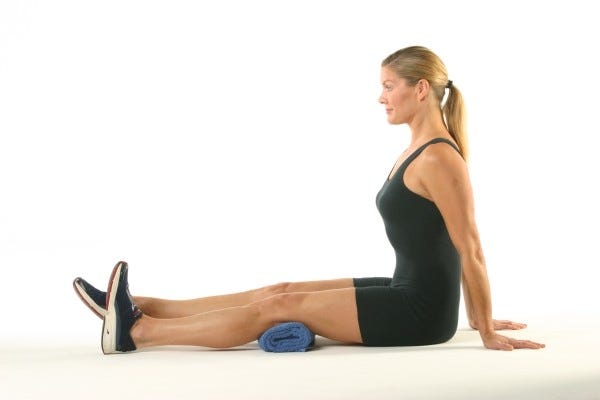
Hamstring Stretches: To do this, stand with your feet hip-width apart and bend forward at the waist until your fingertips touch the floor. Keep your back straight and your knees slightly bent. Slowly raise your body back up to the starting position. Repeat 10–15 times.
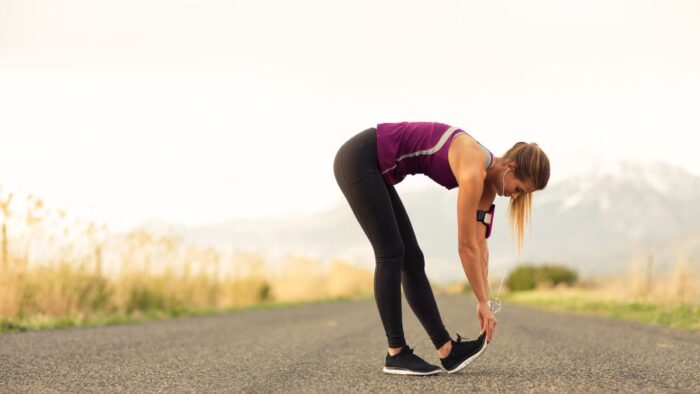
Calf raises: To do a calf raise, stand with your feet shoulder-width apart. Place your hands on your hips for support. Rise up onto your toes, keeping your heels off the floor. Hold for a few seconds, then lower your heels back to the floor. Repeat 10–15 times.
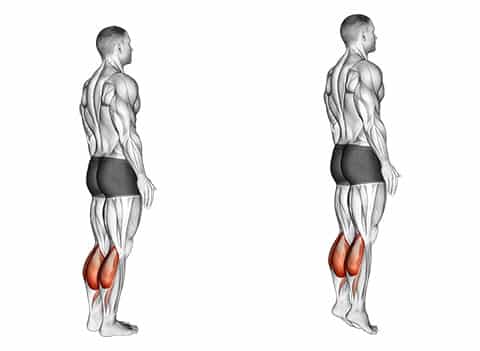
Walking : Walking is a low-impact exercise that can be beneficial for people with knee pain. It can help to improve range of motion, strength, and flexibility in the knees, as well as reduce inflammation.
Squats : Stand with your feet hip-width apart and your toes pointing forward. Keep your back straight and your core engaged. Slowly lower your body down until your thighs are parallel to the ground. Make sure to keep your knees behind your toes and your weight evenly distributed on your heels. Push yourself back up to the starting position. Do 10-15 repetitions.
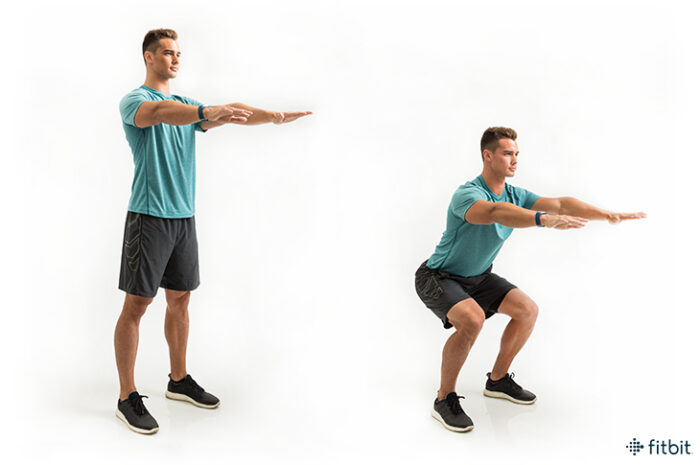
Wall sits: To do a wall sit, stand with your back against a wall and your feet shoulder-width apart. Slide your body down the wall until your thighs are parallel to the floor. Hold for a few seconds, then push yourself back up to the starting position. Repeat 10-15 times.
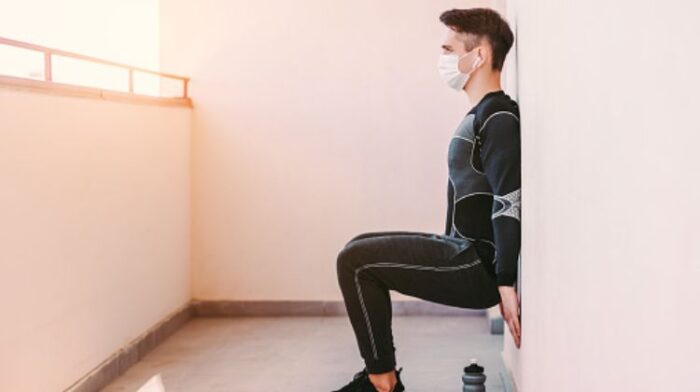
Sit and stand: Sit on a chair with your feet flat on the floor. Slowly stand up, using your hands for balance if needed. Hold for a few seconds, then slowly sit back down. Repeat 10-15 times.
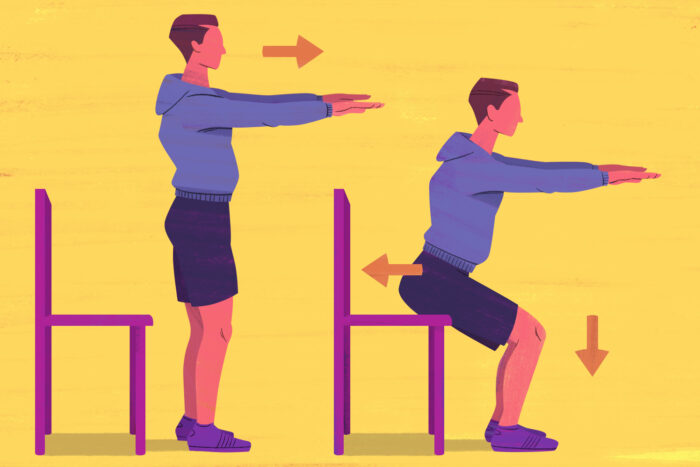
It is important to start slowly and gradually increase the intensity of your exercises as you get stronger. If you experience any pain, stop the exercise and consult with your doctor or a physical therapist.
There are a number of things you can do to help prevent knee pain. Some of the most important tips include: